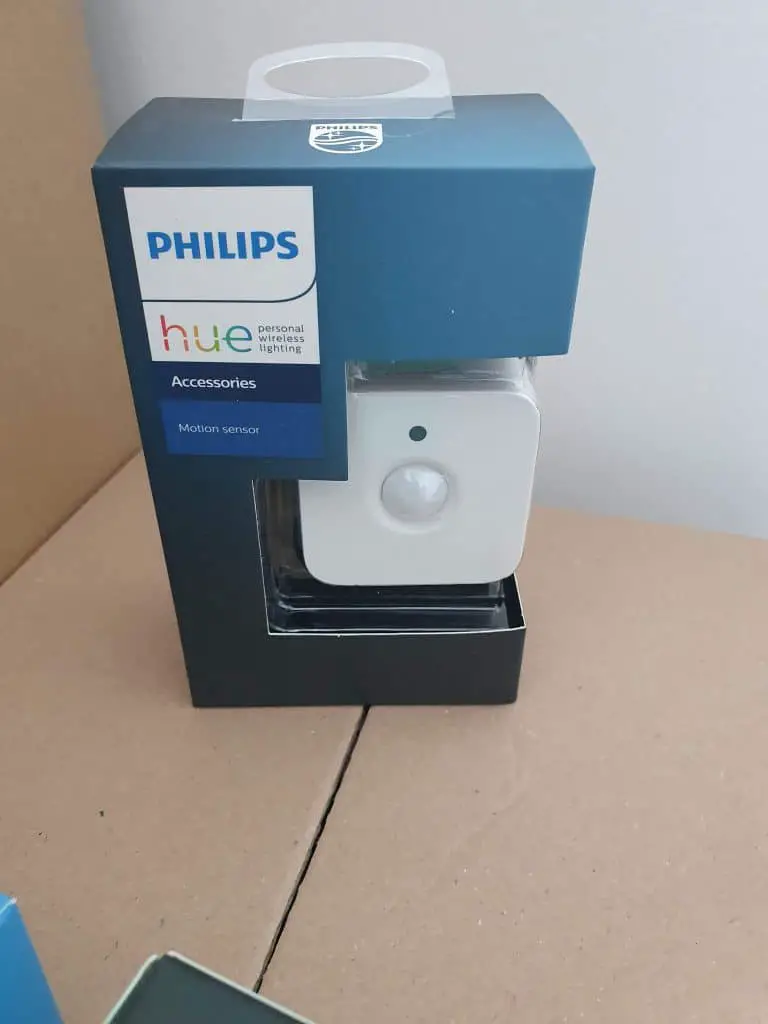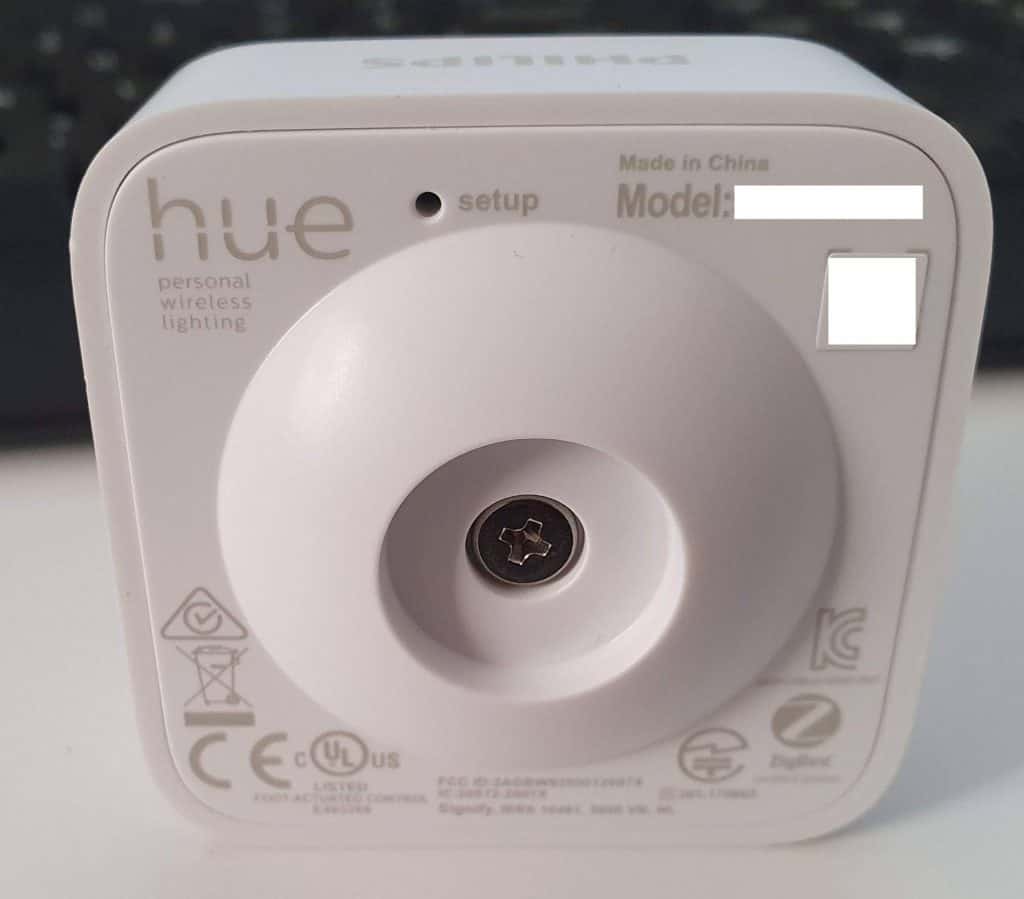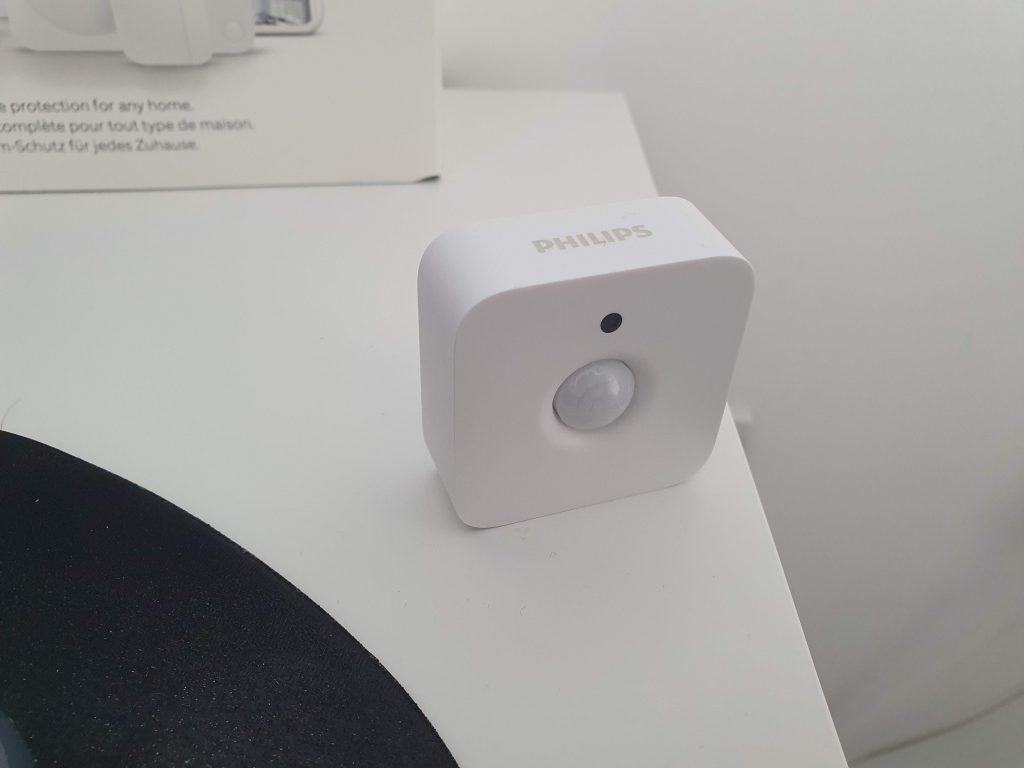In the era of smart homes, Philips impressed us with a lot of home innovations, including their lamps, light strips, smart lock, and motion sensors.
In this article, we’re going to focus mainly on the brand’s motion sensors. We’re going to shed light on Philips’ motion sensors, their battery-related issues, and how to change their batteries.
If you have any concerns regarding Philips Hue’s batteries, this post is for you!
What Are Philips Hue Motion Sensors?
Philips Hue motion sensors are nifty devices that ease the process of automating and turning on an assorted number of smart house devices:

For instance, they can turn on Hue light bulbs into motion lights as soon as you walk into a room in your house.
What’s more, Hue devices are equipped with a daylight sensor designated to turn on the lights in your house only when needed.
What Makes Them Special?
One thing that distinguishes Hue motion sensors is that they’re relatively inexpensive compared to other motion sensors.
Even so, they’re actually a very solid deal as they’re offering outstanding features. They are one of the top-notch products in their category. These sensors are remarkably reliable with a steady, almost flawless performance.
Speaking of their general advantages, they’re infrared operated, and that’s exactly why their day and night settings are distinguished. They’re also battery-operated, which makes them usable in a lot of places because you don’t need extra wiring.
Note, however, that they require a Philips Hue bridge in order to connect to other smart devices. Moreover, they’re compatible with Apple Home Kit, Google Home, and Amazon Echo.
As you probably know already, Philips Hue devices are controllable through a mobile app that’s compatible with Android and iOS devices.
Indoor vs. Outdoor Philips Hue Sensors
Philips has two types of motion sensors: indoors and outdoors. The outdoor sensor can sense light, motion, and temperature. However, it doesn’t detect humidity. Per contra, indoor sensors can detect humidity, motion, light, and temperature.
Both models work with all Hue products, including but not limited to bulbs, strips, and locks.
With just the Hue Hub, you’ll be able to connect either type strictly to Hue devices. Having said that, the ability to connect these motion sensors to platforms Alexa, HomeKit, or Google Home is what renders them extremely versatile.
They allow you to use the motion triggering to turn on the TV or whatever device you can set up using routines.
What Type of Batteries Do Hue Sensors Use?

Each type of Hue sensor uses a different type of battery. As for the indoor type, it uses two AAA batteries. AAA batteries are about 1,000 mAH.
As for the outdoor models, the higher wattage need is met with a higher energy source, and so these models require two AA batteries, each about 6000 mAH.
As for battery brands, it’s recommended to use Energizer because their batteries are leakproof. You can also use AmazonBasics batteries because they’re high-performing and budget-friendly. Both types are long-lasting as long as you’re choosing an excellent model to use.
Can You Use Rechargeable Batteries?
In the user manual that comes with the product, clearly states that you can’t use rechargeable batteries. This goes back to the fact that rechargeable batteries often have lower voltage after the first use.
They drop from 1.5V to 1.2V after they’re recharged because of the elevation of internal resistance in the chemical cell of the battery. This is just for the first time. This keeps going down with every single charge.
Regardless of the immense number of charges they can hold, their maximum capacity decreases continuously over time.
How Often Should You Change Batteries for Hue Sensors?
Philips’s motion sensors, with all their models, are energy efficient to the maximum.
Regardless of the fact that each model uses different types of batteries, they have very similar consumption rates.
For both of the main category models, the batteries can last for about three years.
How Are They So Energy-Efficient?
Smart home devices use four different types of connection technologies: Wi-Fi, Bluetooth, Zigbee, and Z-wave. As for Philips’s motion sensors, they use Zigbee technology.
Zigbee technology is known to be extremely energy-efficient, yet it allows you to connect the sensor to connect about 10 Hue lamps and light them up with separate levels of sensitivity.
In exchange for the need for a hub, you get the lowest energy consumption rate out of all the other connection technologies. In addition, you get a reliable device with an extremely good connection with no compromises on the quality of the service.
This goes for both the indoors and outdoor models. Regardless, you should know that using an indoor model in an outdoor environment will be inconvenient for you. That’s because you won’t be getting the performance and quality you expected.
How to Know When to Change Them?

The phone app will notify you whenever the batteries need to be changed. After all, it enables you to control your lights and sensor, so it’s to be expected that it notifies you about the status of the batteries as well.
If you need to know how much charge is left in the batteries, you should use third-party apps like Hue Lights or iConnectHue.
These apps will give a slight edge or tweak to control your sensor and make more use of its readings since the original app does nothing with them.
How Can I Change My Hue Sensor’s Batteries?
When the time comes and you need to change batteries, you should know a couple of things.
Starting with the outdoors model, it has four screws on the back of the model, and you need to unscrew all of them to change the batteries. The reason this model is harder to get into is that it has an IP54 water resistance rating, and so the screws are tightened very well to seal the back.
The indoor model is a lot easier to use because it only has one screw to get to the batteries. This easy assembly is because there’s no weather or water resistance in this model.
After undoing the screws, all you have to do is take out the old batteries and replace them with new ones.
Are There Any Issues Related to Changing Batteries?
There are some common issues you might face after changing batteries but don’t worry, they’re easy to fix.
First, you need to make sure that you place your batteries right. That’s because some of the malfunctionings that might happen after changing batteries are because the circuit isn’t powered with a steady high-voltage current.
The second and most important issue is that the sensor sometimes goes out of sync. How so? Well, after changing batteries, your mobile application might have a hard time pairing them again.
This might happen for a couple of reasons. First, you might have taken this out of the Hue Hub/Bridge and, therefore, it might not be linking to your mobile application. It’s the same as getting away from your Wi-Fi router and failing to connect to the internet.
It might be just a simple connection issue that needs some time or rebooting the device or the application. However, if nothing works, just do the grand trick and reset the sensor and mobile application.
The sensor normally has a green light, and the red light means it’s low on battery. You can reset the sensor by pressing the setup button for about 10 seconds. Reset the application from the settings or uninstall and reinstall it. Then, reconnect everything, including the Hue Bridge.
Final Thoughts
Using a motion sensor helps save a lot of energy and it makes things hands-free for those who forget to turn off their lights.
This is exactly the case with the Philips Hue motion sensor. There aren’t a lot of competitors that can give you such a full package at such a wallet-friendly price. This sensor combines reliability, performance, design elegance, and price.
With Philips Hue motion sensors, you shouldn’t be worried about battery performance or battery changing. They’re so energy-efficient that you only need to change their batteries once every three years or so.
The process of changing the batteries is as follows: unscrew the back, change batteries, place the new ones right, reset the sensor, reset the mobile application, and voila, you’re all done!
